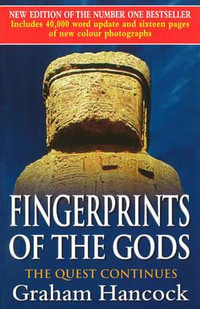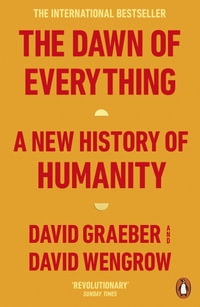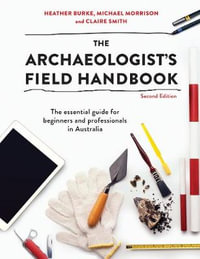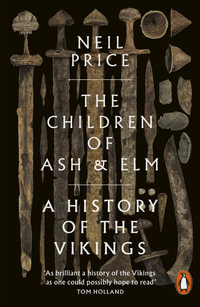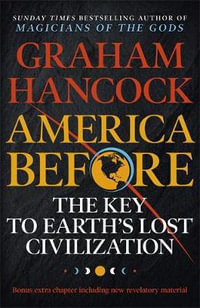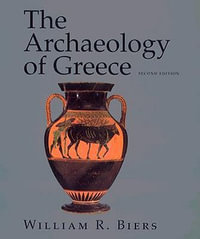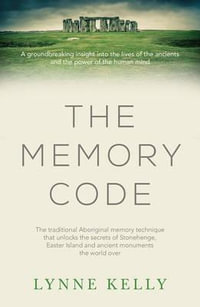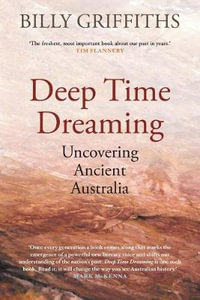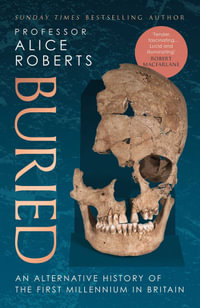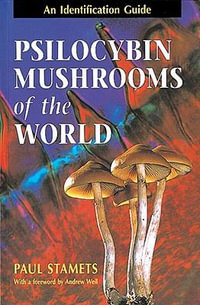Part 1 Generalities: the impact of scientific techniques; absolute dating and derivative dating; the event being dated; reasons for dating; which technique?; dating terminology. Part 2 Climatic clocks and frameworks: climate-based frameworks; the oxygen-isotope timescale - the Milankovitch astronomical theory of climate; the pollen record (palynology) - late-glacial and postglacial dating in NW Europe, pollen assemblage zones (PAZ), correlation with the oxygen-isotope timescale - La Grand Pile, Les Echets; varve chronology - the Scandianavian varbe chronology, the Lake of Clouds, Minnesota; dendrochronology (tree-ring dating - the European oak and bristlecone pine chronology. Part 3 Radiocarbon dating: the essential basis; the carbon exchange reservoir; concentration ration variations - past millennia; recent, man-made disturbances; other cosmogenic isotopes - calcium -41; the two approaches - beta activity and atom counting - accelerator mass spectrometry (AMS); effect of contamination; samples and sampling - wood, bone, shell, sediments and soild, peat, mortar, stalagmites etc; step towards a calendar date; beyond calibration. Part 5 Potassium-argon, uranium-series, fission tracts. Part 6 Luminescence dating: thermoluminescence (TL); paleodose and annual dose; on-site procedures; laboratory measurements - Alpha counting, Beta TLD, alkali feldspar - the isochron technique, zircon dating; accuracy and error limits, date citation, age range; authenticity testing; beyond pottery - burnt flint, burnt stones, unburnt materials - calcite, shell, bone and teeth; optical dating - dating of mineral fractions from Viking pottery fragments, dating of the church of Santa maria Foris Portas, Lombardy, Italy. Part 7 Electron spin resonance (ESR): radioactivity and annual dose; applications - stalagmitic calcite, travertine, tooth enamel. Part 8 Amino acid racemization, obsidian hydration, other chemical methods. Part 9 Magnetic dating and magnetostratigraphy: the Earth's magnetic field; recording mechanisms - thermoremanent magnetism (TRM)k viscous remanent magnetism (VRM), sediments (DRM, PDRM CRM); sampling and measurement; the magnetic polarity timescale (reversal stratigraphy); archaeomagnetism - the Fisher index.




